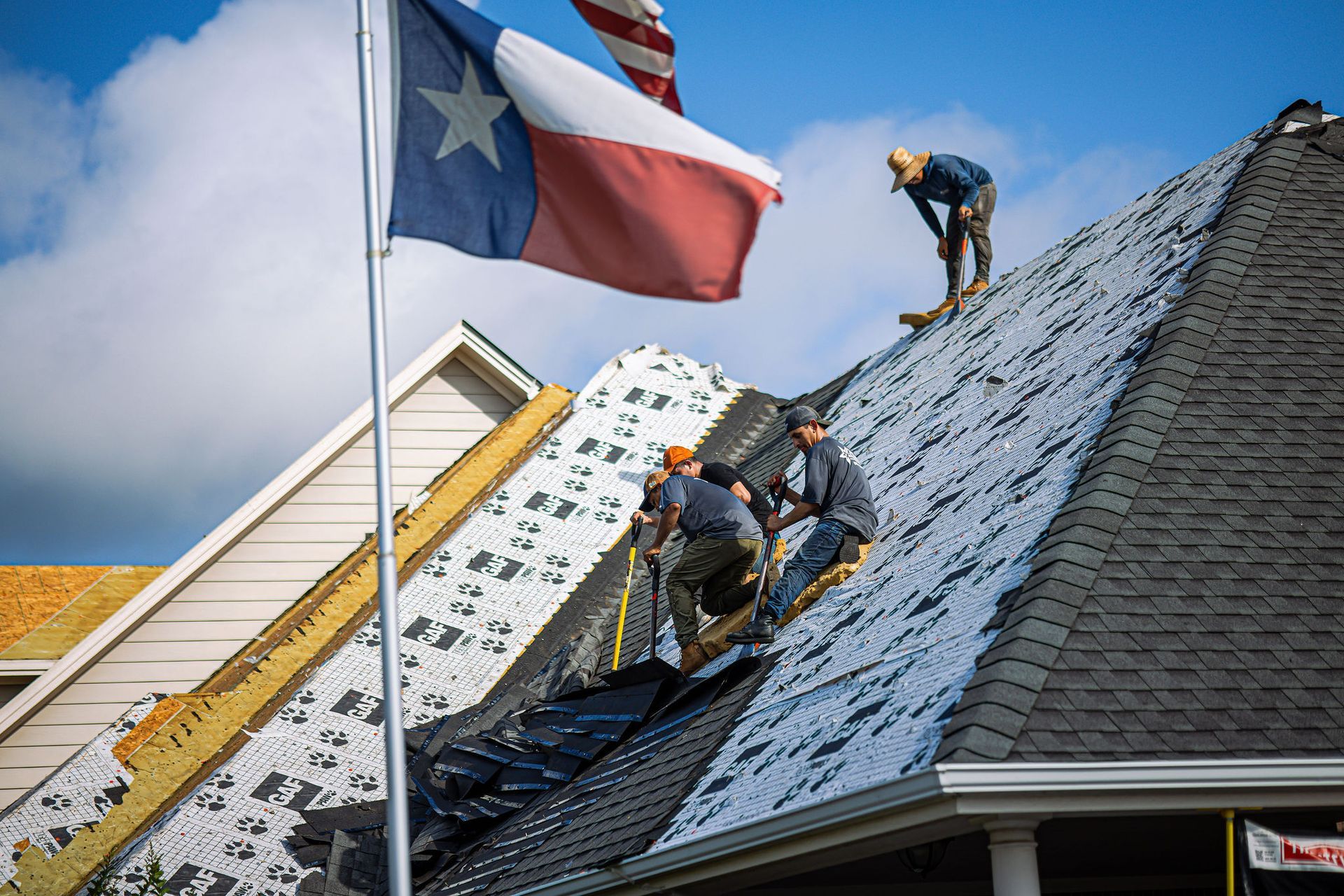Understanding Factors That Drive Up Roofing Estimates

When homeowners receive roofing estimates, they often find a wide range of prices that can be surprising. Understanding what drives up these costs can help homeowners make informed decisions about their roofing projects and investments. Here are several key factors that can impact roofing estimates significantly.
1. Material Choice
The type of roofing material chosen is one of the most significant factors affecting the overall cost. Asphalt shingles, metal roofing, tile, and slate all come with different price tags. Premium materials, while often more aesthetically pleasing and longer-lasting, can substantially increase the total estimate. Additionally, the availability of materials and market fluctuations can also lead to price variations.
2. Roof Size and Complexity
Larger roofs require more materials and labor, directly impacting the estimate. Moreover, the complexity of the roof's design—such as gables, valleys, and multiple levels—adds to the installation time and difficulty. Roofs with steep pitches or intricate features can increase labor costs as they require skilled workers and additional safety measures.
3. Labor Costs
Labor is a significant component of any roofing estimate. The cost of skilled labor can vary widely depending on location, the contractor's experience, and current labor market conditions. In regions experiencing labor shortages, it’s common for roofing companies to raise their prices to attract qualified workers.
4. Removal of Old Roofing
If the project involves tearing off an old roof before a new installation, this process can add substantial costs to the estimate. Disposal fees, the labor required for removal, and any necessary repairs to the underlying structure can contribute to the overall price.
5. Permits and Inspections
Local building codes often require permits and inspections for roofing projects. The fees associated with securing these permits can add to the initial estimate. Additionally, some municipalities may require specific materials or installation methods, which could increase costs further.
6. Weather Considerations
Weather can significantly influence roofing costs. For instance, roofing work done during peak seasons, such as spring and summer, may have higher prices due to increased demand. Conversely, working in adverse weather conditions can lead to additional costs for safety equipment and potential delays.
7. Warranties and Insurance
Contractors may offer extended warranties or insurance coverage for their work, reflecting quality assurances and protection for the homeowner. While such offerings can increase the upfront estimate, they provide peace of mind that may be worth the investment.
Conclusion
Understanding the factors that drive up roofing estimates is crucial for homeowners embarking on this significant investment. By considering material choices, labor costs, and project complexities, you can better prepare for the expenses associated with your roofing needs. Always communicate openly with roofing contractors, ask questions, and seek multiple estimates to ensure you get the best value for your roofing project.




